Dementia Defense: 11 Daily Movement Habits That Protect Your Cognitive Function
If you’ve ever felt a quiet concern about keeping your mind sharp as the years roll by, you’re not alone. With more than 7 million Americans currently living with Alzheimer’s and that number expected to nearly double by 2050, the desire to defend our cognitive health has never been more urgent—or more understandable. Yet the answer isn’t found in extreme workouts or overwhelming fitness plans. Science now shows that simple, sustainable movement woven gently into our days is a powerful way to keep our brains resilient and vibrant. In fact, research in peer-reviewed medical journals—and the wisdom of expert clinicians—point to daily movement as one of the single most effective strategies for dementia defense. This isn’t about hitting the gym for hours. It’s about small, meaningful habits: walking around the block, stretching while the coffee brews, or even choosing to dance in your living room when your favorite song comes on. Each step, each stretch, each mindful moment helps feed your brain the oxygen, stimulation, and connection it craves. Here, we’ll share 11 daily movement habits, all grounded in the latest research, that you can adapt and enjoy no matter where you’re starting. Whether you’re looking for fresh ways to boost your morning energy or gentle reminders to move more during the day, these habits are your personal toolkit for supporting memory, lifting mood, and building a lifetime of brain health—one encouraging step at a time.
1. Take a Morning Walk to Jumpstart Your Brain

A gentle walk in the morning—it’s perhaps the simplest, kindest way to wake up your body and mind. Studies now suggest that just 20 to 30 minutes of walking, even at a comfortable pace, delivers measurable benefits to your memory and cognitive processing. This daily habit gets your blood flowing after a night of rest, sending fresh oxygen and nutrients straight to your brain. Researchers emphasize that morning exercise may provide a “priming effect,” leaving you more alert and focused for hours. For those with mobility concerns, don’t worry—a walk around your home, a stroll up and down the hallway, or using an assistive device can deliver similar benefits. The key is making it a routine, ideally outdoors to soak in natural light and engage your senses in new ways. If the weather isn’t friendly, walking indoors on a safe surface or using a stationary treadmill is just as valuable. In this simple ritual, you’re not just moving your muscles—you’re gifting your brain precious fuel for the day ahead.
2. Add Cardiovascular Exercise to Support Brain Blood Flow
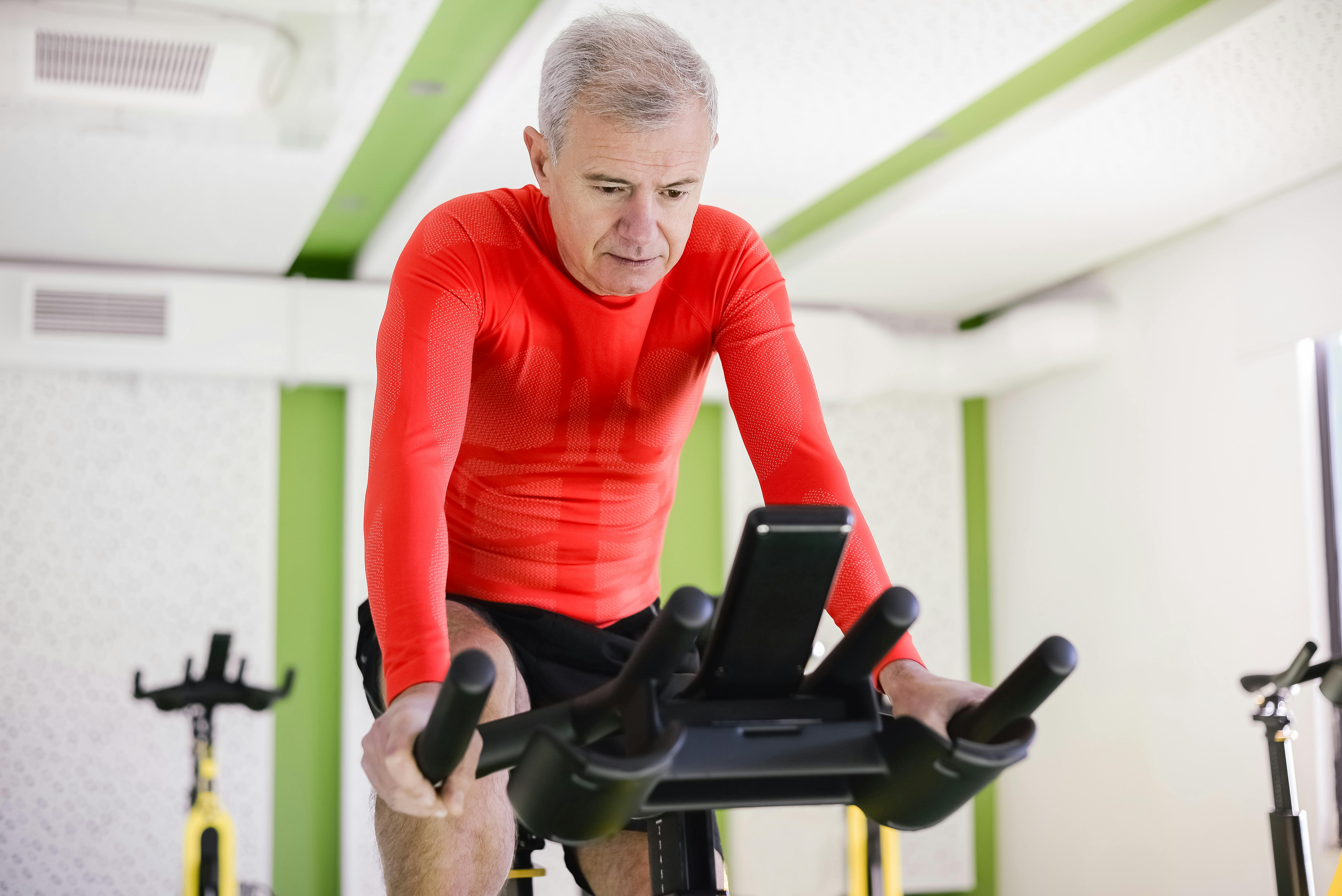
A healthy heart is a powerful ally for a strong mind. Cardiovascular exercise—think brisk walking, cycling, or swimming—directly boosts circulation, ensuring your brain gets a fresh supply of oxygen-rich blood. Leading researchers recommend aiming for 150 minutes per week, but remarkable cognitive benefits appear even with sessions of 30 minutes, five days a week. If you’re just starting or have limited mobility, consider chair aerobics, gentle stationary cycling, or even following along with a light fitness video. Researchers have found that cardio may actually slow or even reverse changes in brain structure linked to aging and cognitive decline. If five days feels daunting, remember: every bit helps. Choose movements you enjoy, take breaks when needed, and celebrate each effort. Your brain doesn’t judge how fast you go—it simply appreciates the movement and the love.
3. Dance or Do Rhythmic Movement for Memory and Mood
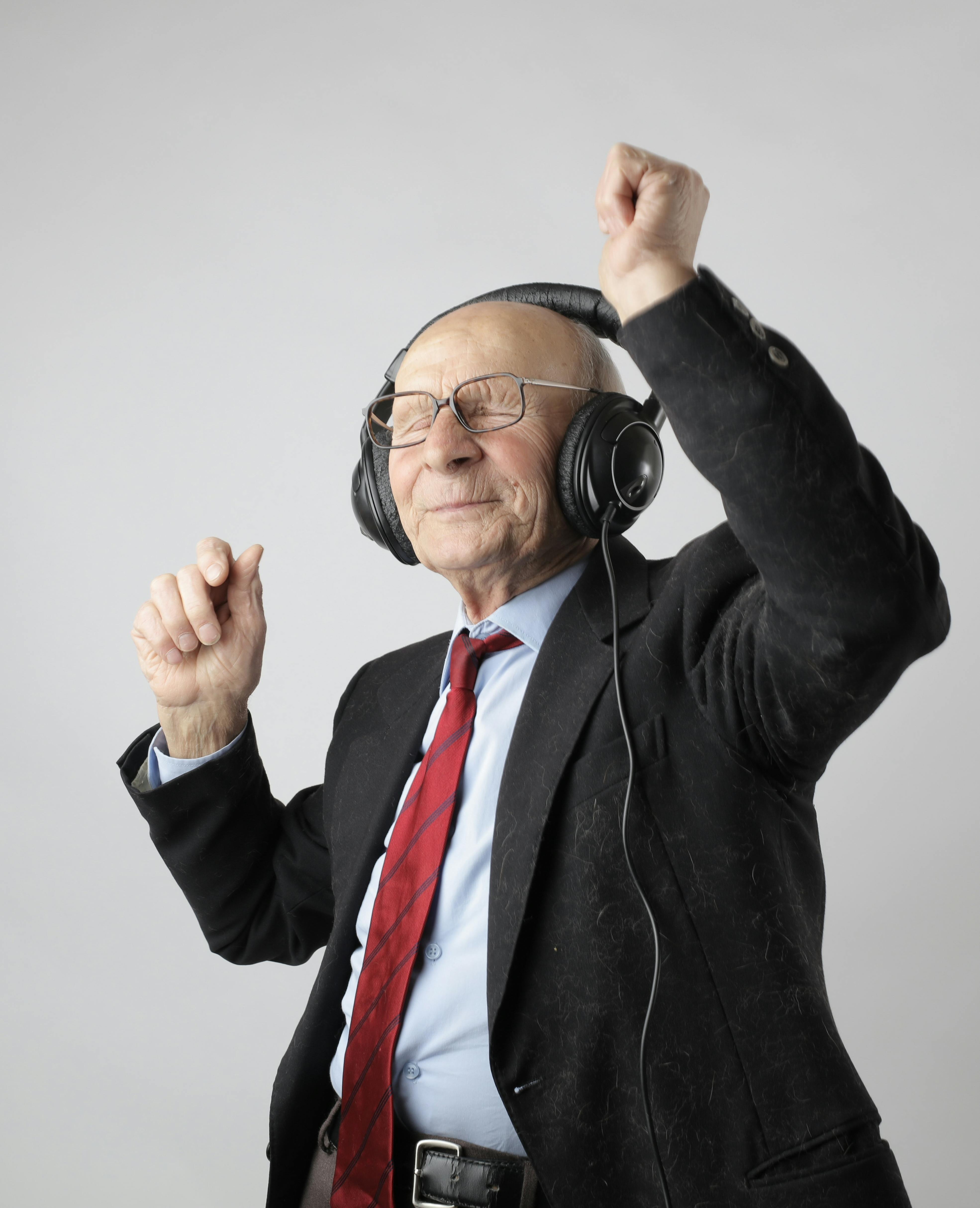
There’s something magical about moving to a beat, and science agrees. Dance—whether it’s a formal class, a spontaneous boogie in your kitchen, or even gentle chair dancing—does more than uplift your spirits. Research shows that rhythmic movement improves not only your mood but also your memory, balance, and ability to process new information. Studies tracking older adults who engaged in dance found marked improvements in cognitive flexibility and social engagement. You don’t have to be a trained dancer. Moving to your favorite music, repeating simple steps, or following along with an online video can be just as effective. If standing is a challenge, adapt all movements for a seated position. Each rhythm, each sway, is a little nudge for your brain’s adaptability and joy.
4. Reduce Sedentary Time—Move More, Sit Less
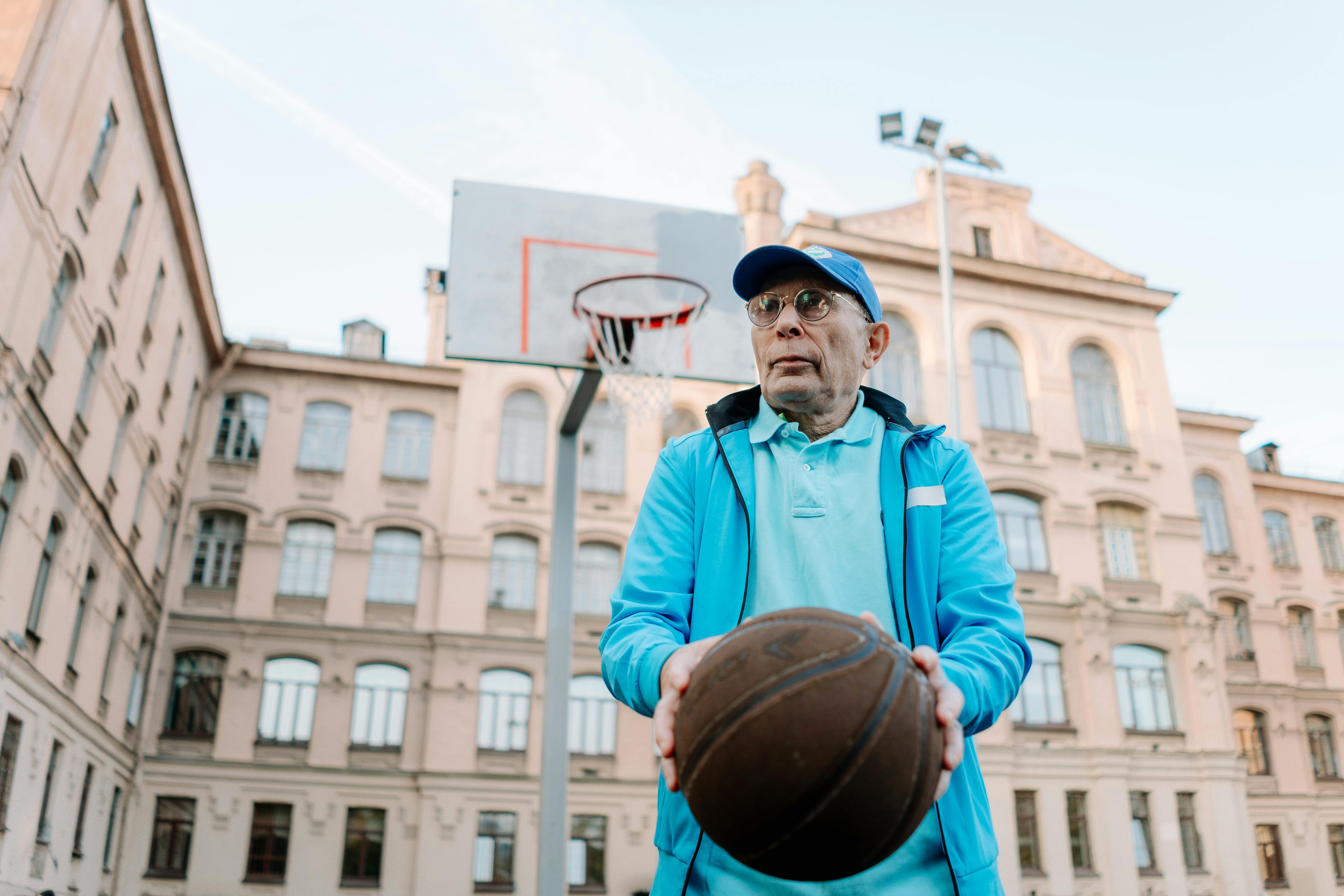
It’s not just how much you move—it’s also how often you break from being still. Long periods of sitting are now linked with higher dementia risk, even in those who exercise regularly at other times. The new approach? Sprinkle gentle movement throughout your day. Researchers call these “movement snacks”—short bursts of activity, such as standing, stretching, or walking every 30 to 60 minutes. Not all movement has to be dramatic. Shift your position in a chair, roll your shoulders, tap your toes, or stand up for just a moment. If you’re able, add regular movement breaks with a timer or activity tracker as a reminder. Over time, this simple habit reduces brain fog and supports healthier blood flow—turning idle moments into opportunities for brain care.
5. Practice Balance and Coordination Drills
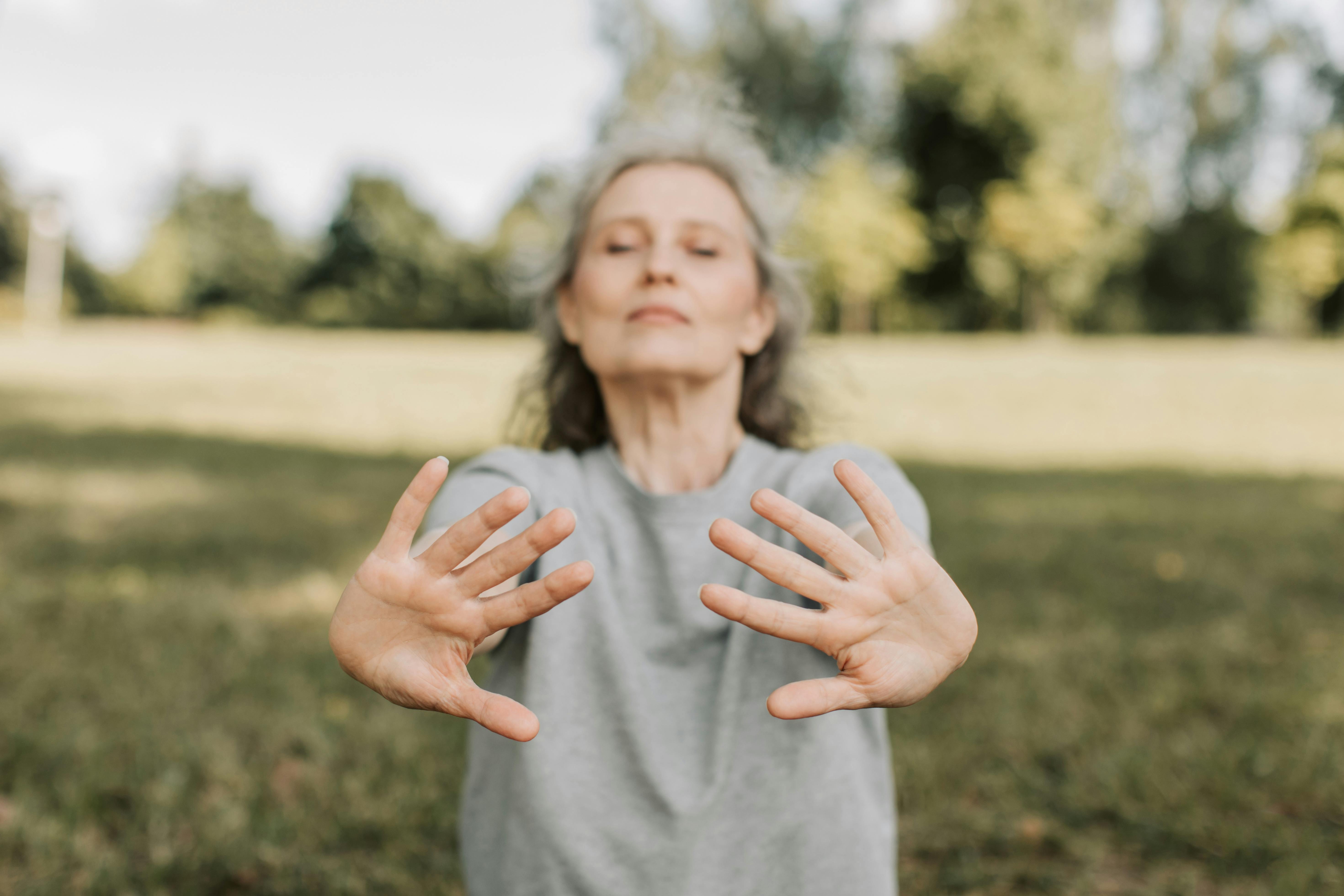
Keeping your body steady sharpens your mind, too. Exercises that improve balance—like tai chi, single-leg stands, or gentle heel-to-toe walks—don’t just protect you from falls. Research finds they also correlate with greater cognitive resilience, sharper attention, and a reduced risk of memory loss. Even just a few minutes daily can make a noticeable difference. If you’re new to balance drills, try standing near a sturdy chair or countertop for support. Simple routines or guided videos for seniors can help build confidence and coordination. And if standing exercises feel challenging, mimic the actions while seated—your brain still reaps the benefits, and you build the confidence to try more in time.
6. Build in Functional Movements (Squats, Lifting, Reaching)
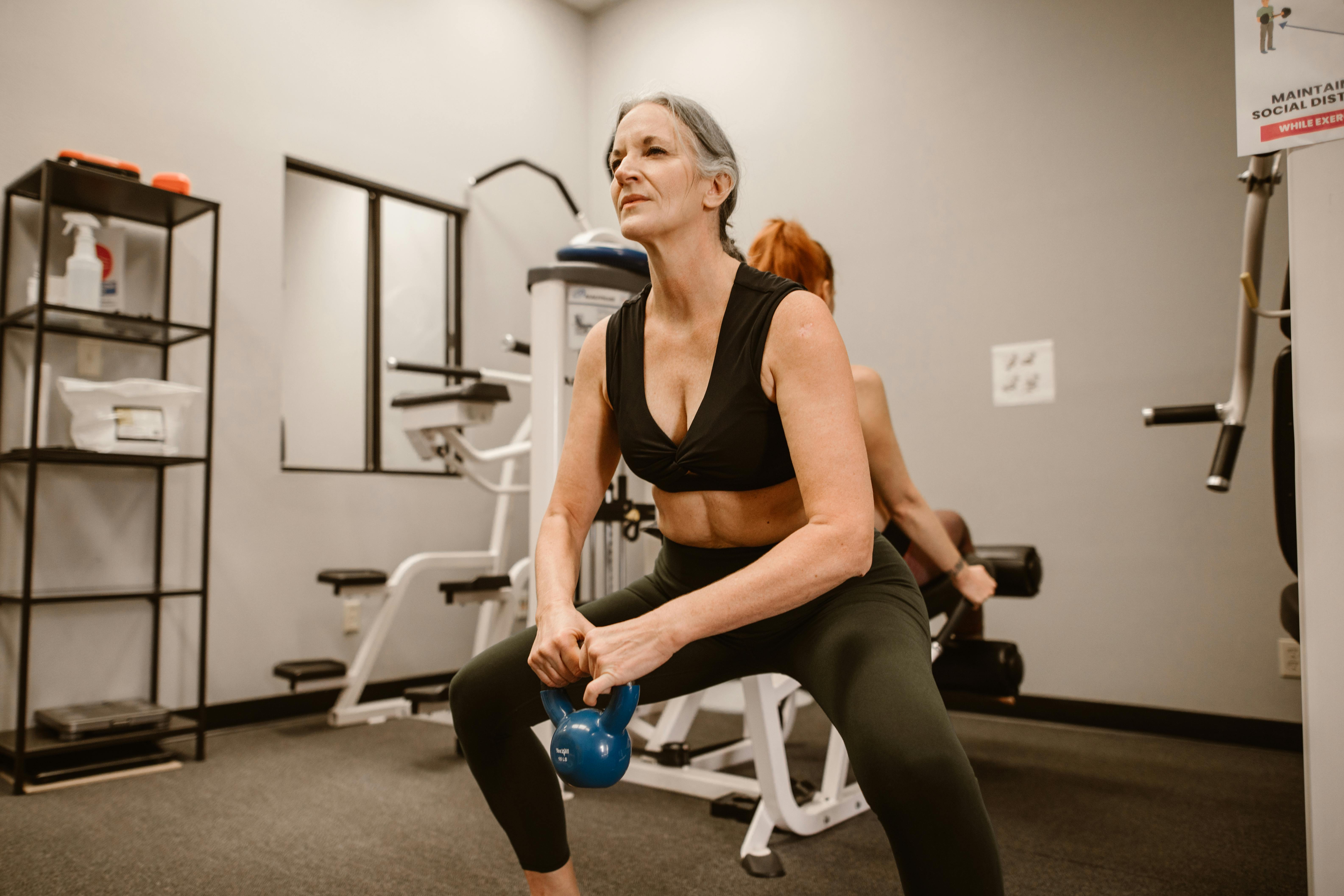
Our daily tasks—from rising out of bed to picking up a bag of groceries—all rely on functional movement patterns. Practicing these motions keeps muscles, joints, and neural pathways agile, which is vital both for independent living and brain longevity. Simple moves like air squats, sit-to-stand reps, gentle overhead reaches, or light lifting reinforce problem-solving skills used multiple times a day. For those with mobility or joint limitations, partial squats or using stable furniture for support work beautifully. The key is intentionality: move mindfully, focusing on safe, full-range motions. Over time, these practical activities foster both physical adaptability and a greater sense of confidence in everyday life.
7. Try Group or Social Movement Activities
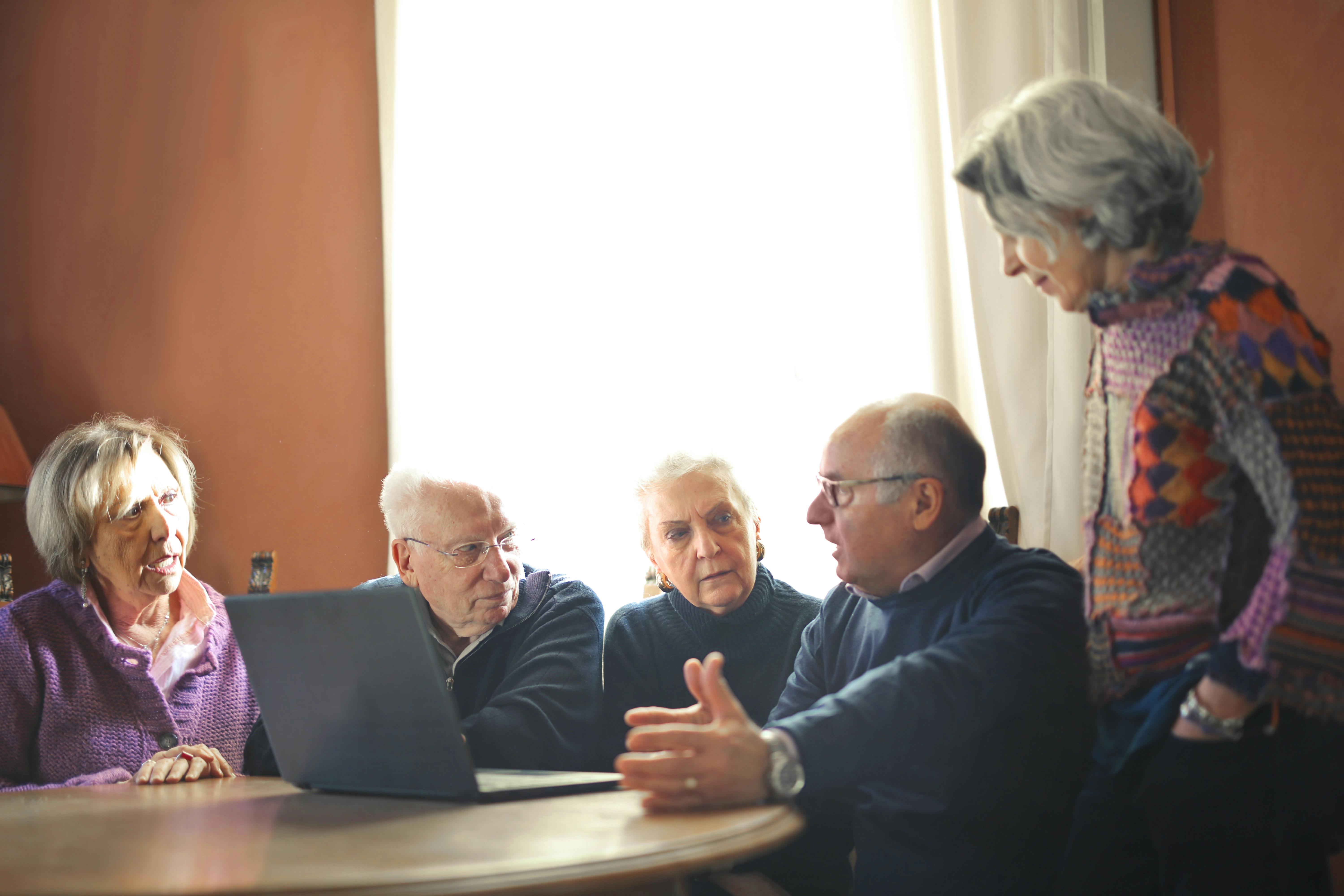
Movement often feels lighter—and more joyful—when shared. Joining a walking group, attending a senior exercise class, even taking part in a neighborhood dance circle blends the benefits of social contact with physical activity. Researchers emphasize that social-movement pairings multiply cognitive benefits, helping ward off feelings of isolation and supporting both memory and emotional well-being. Not sure where to start? Look for community center programs, YMCAs, or even virtual classes if gathering in person isn't possible. For those who prefer smaller groups or one-on-one sessions, walking with a friend or family member is just as powerful. Every shared step is a gentle boost for mind and mood.
8. Integrate Light Strength Training to Support Cognitive Function
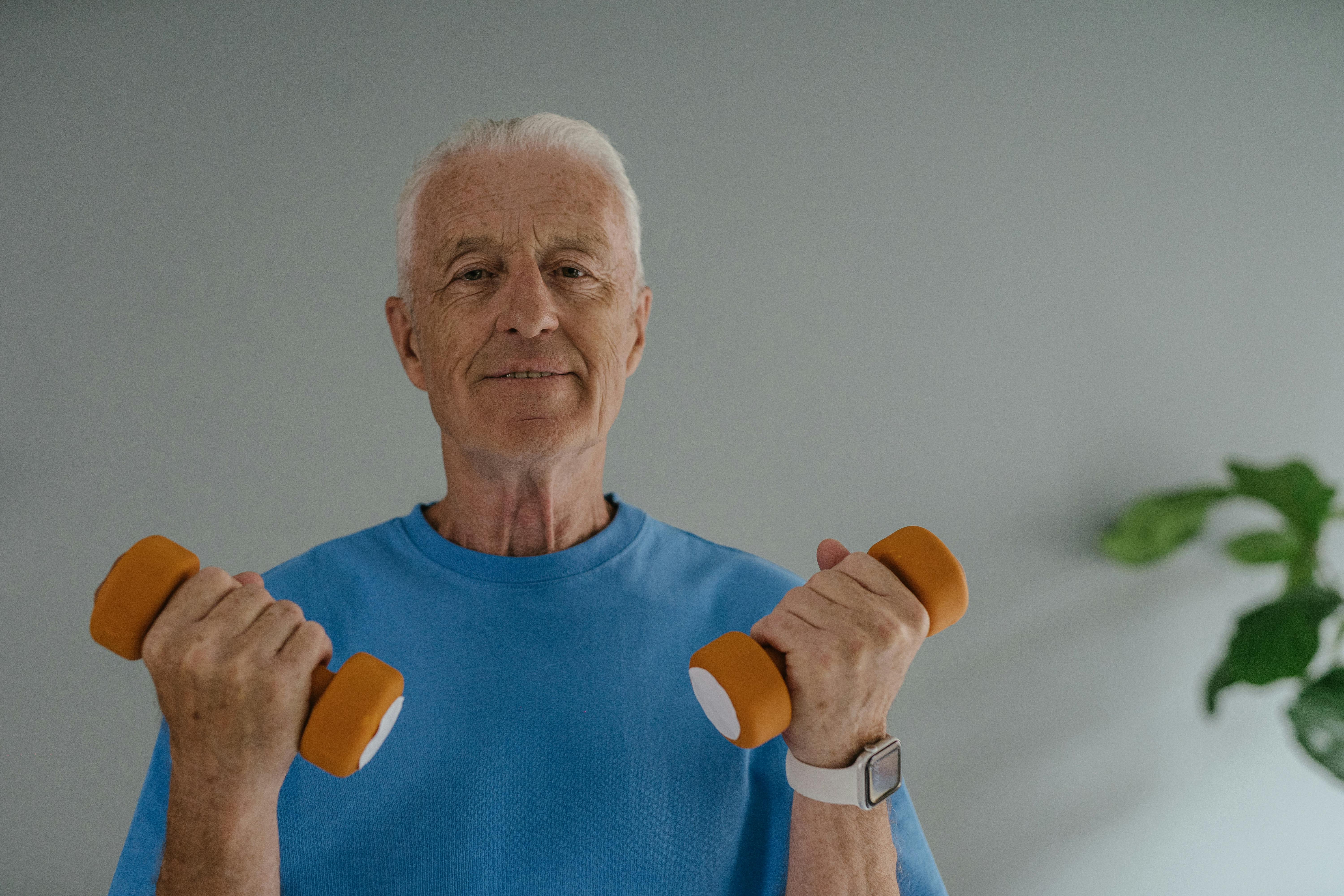
Don’t let the word “strength” intimidate you—gentle resistance exercises offer remarkable brain-protective benefits. Studies show that movements using light dumbbells, resistance bands, or even household objects can improve memory tests and slow brain aging. Aim for routines that work the upper and lower body, two or three times a week. If you’re new or managing discomfort, start with light bands or water bottles, focusing on smooth, controlled movements. Chair-based workouts are an excellent alternative for anyone with limited mobility. The goal isn’t to build muscle for show—it’s to nurture the vital connection between body and mind, one thoughtful rep at a time.
9. Explore Movement with Mindfulness (Yoga, Stretching, Breathing)
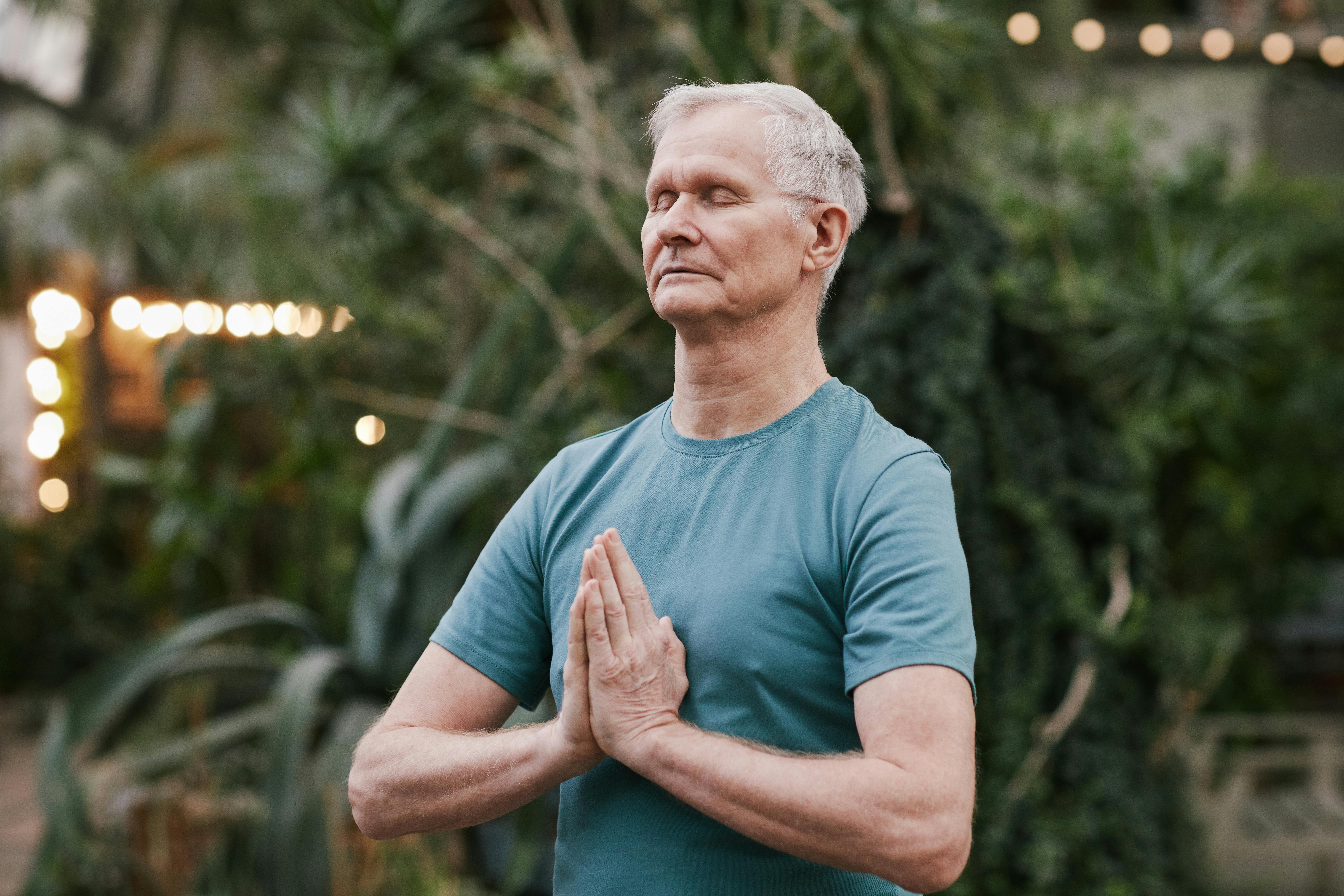
Movement doesn’t always have to mean breaking a sweat. Gentle yoga, stretching routines, and mindful breathing blend physical activity with mental calm, supporting stress relief and memory improvement. Emerging studies find that mind-body practices can lead to better brain connectivity, emotional balance, and sleep quality—each crucial for cognitive health as we age. Try guided yoga classes, simple chair stretches, or even five minutes of deep breathing while seated. These habits are endlessly adaptable. If you’re dealing with joint pain or movement restriction, focus on whatever range of motion feels good today. Your brain benefits from the mindful attention regardless of the pose.
10. Stay Active with Everyday Movement (Gardening, Housework)
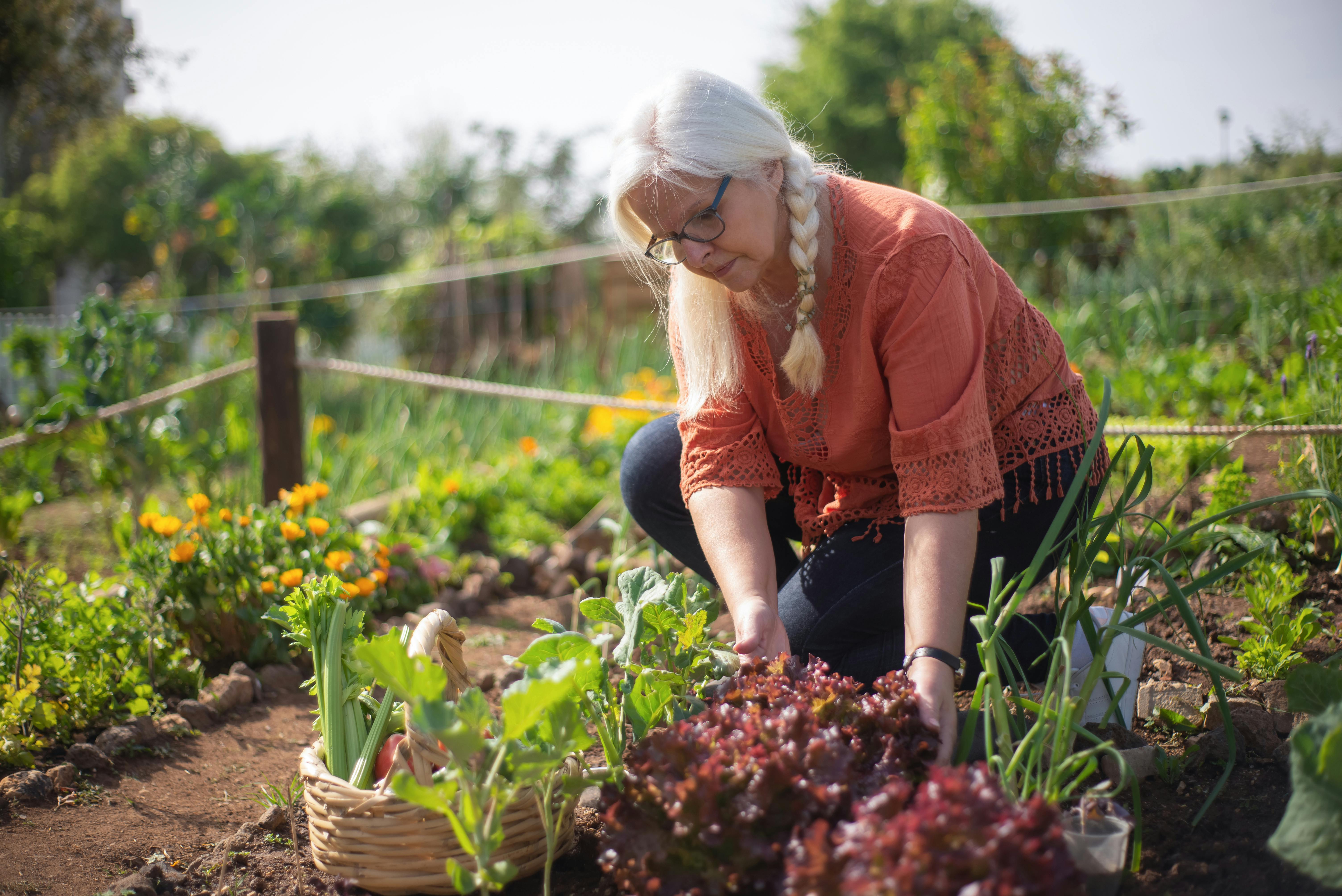
Not all brain-protective movement happens in a gym. Daily activities like gardening, cleaning, or doing laundry provide important cardiovascular and strength-building boosts, all while engaging your senses and coordination. Studies highlight that even non-exercise physical activity offers significant dementia defense. Don’t underestimate small tasks—carrying groceries, tidying a room, tending to a backyard plot. These moments support both physical function and cognitive engagement, especially when approached mindfully. For anyone with physical limitations, adaptive gardening tools or seated chores offer creative routes to staying active right at home.
11. Make Movement a Habit—Track Progress and Celebrate Consistency
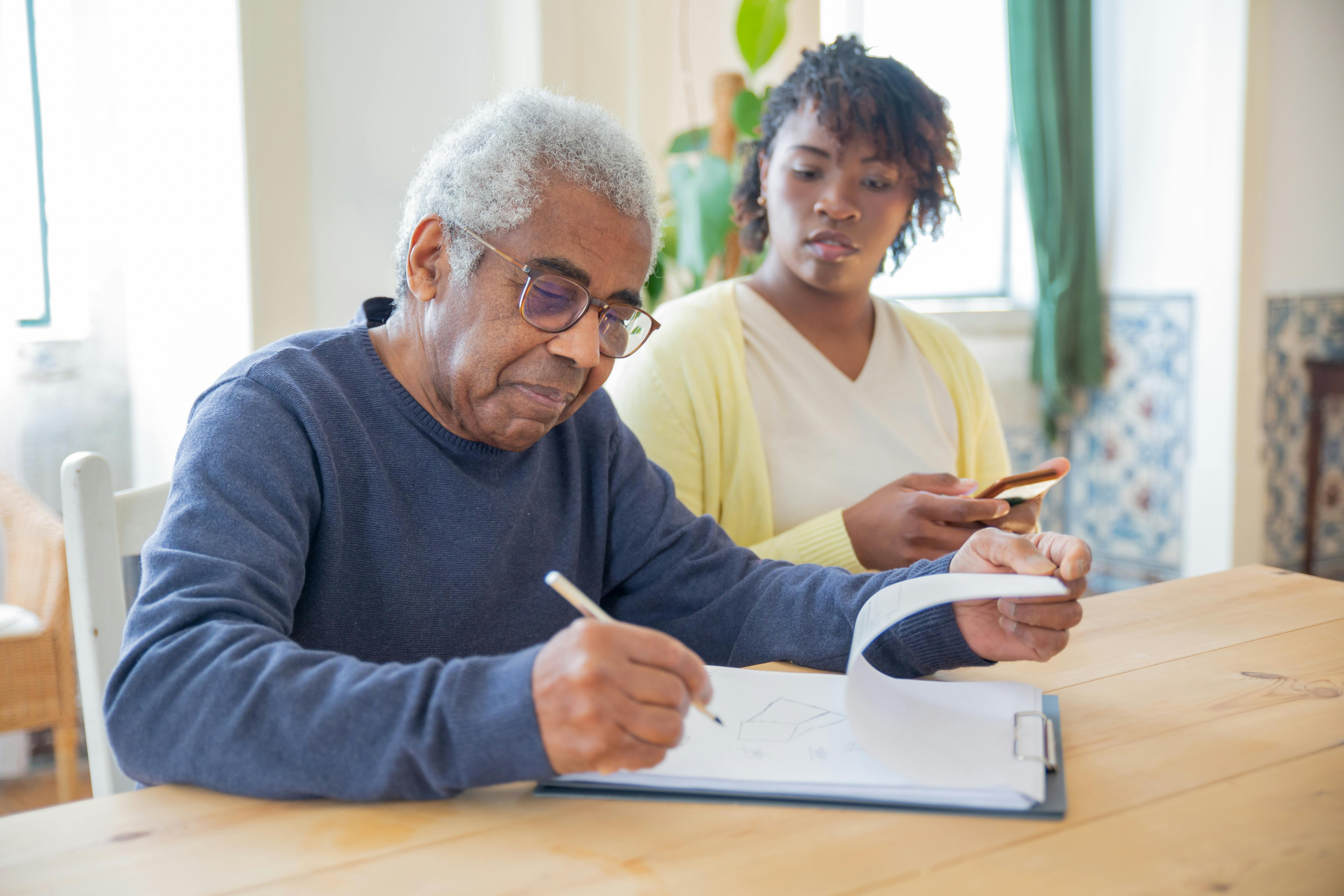
Building brain health is less about intensity and more about what you do, day after day. Experts suggest tracking your movement routines—using journals, simple tally sheets, or a wearable device—can reinforce positive habits with visible progress. App-based reminders or a “movement buddy” can offer support for those who are just getting started. Most importantly, celebrate every small win. Even days with five minutes of movement count. The real power comes from consistency, which triggers long-term brain adaptation and resilience. This approach reframes exercise as an act of kindness for your body and mind—a daily ritual that honors your journey, not just a checklist to complete.
Honor Your Brain with Every Gentle Step

There’s no single path to a resilient mind, just as there’s no one-size-fits-all way to move through the day. True dementia defense comes from the sum of many gentle, loving choices—each walk, each stretch, each moment you honor your body’s needs. The research is clear: movement protects memory, shapes mood, and keeps us feeling engaged with the life around us. But perhaps the most beautiful truth is this—your journey doesn’t have to be perfect. Progress is found in showing up, moving a little more today than yesterday, and celebrating every step as a sign of self-care. Your brain is remarkably adaptable. When you nurture it with daily movement, you’re embracing lifelong growth, curiosity, and vitality. So wherever you start, remember: the smallest movement holds the power to nourish your mind. Your future self is already cheering you on, grateful for the gentle shifts you choose today.